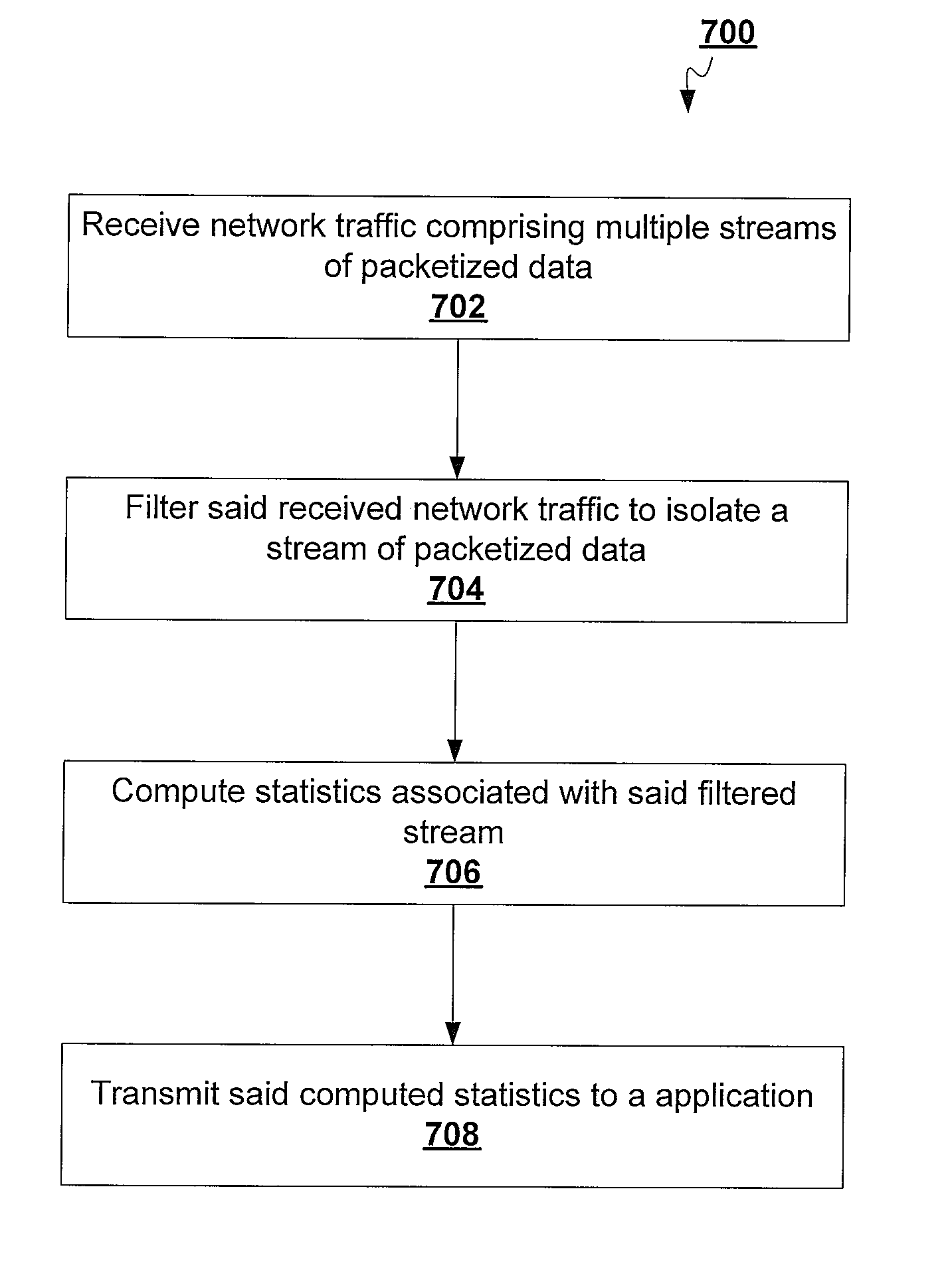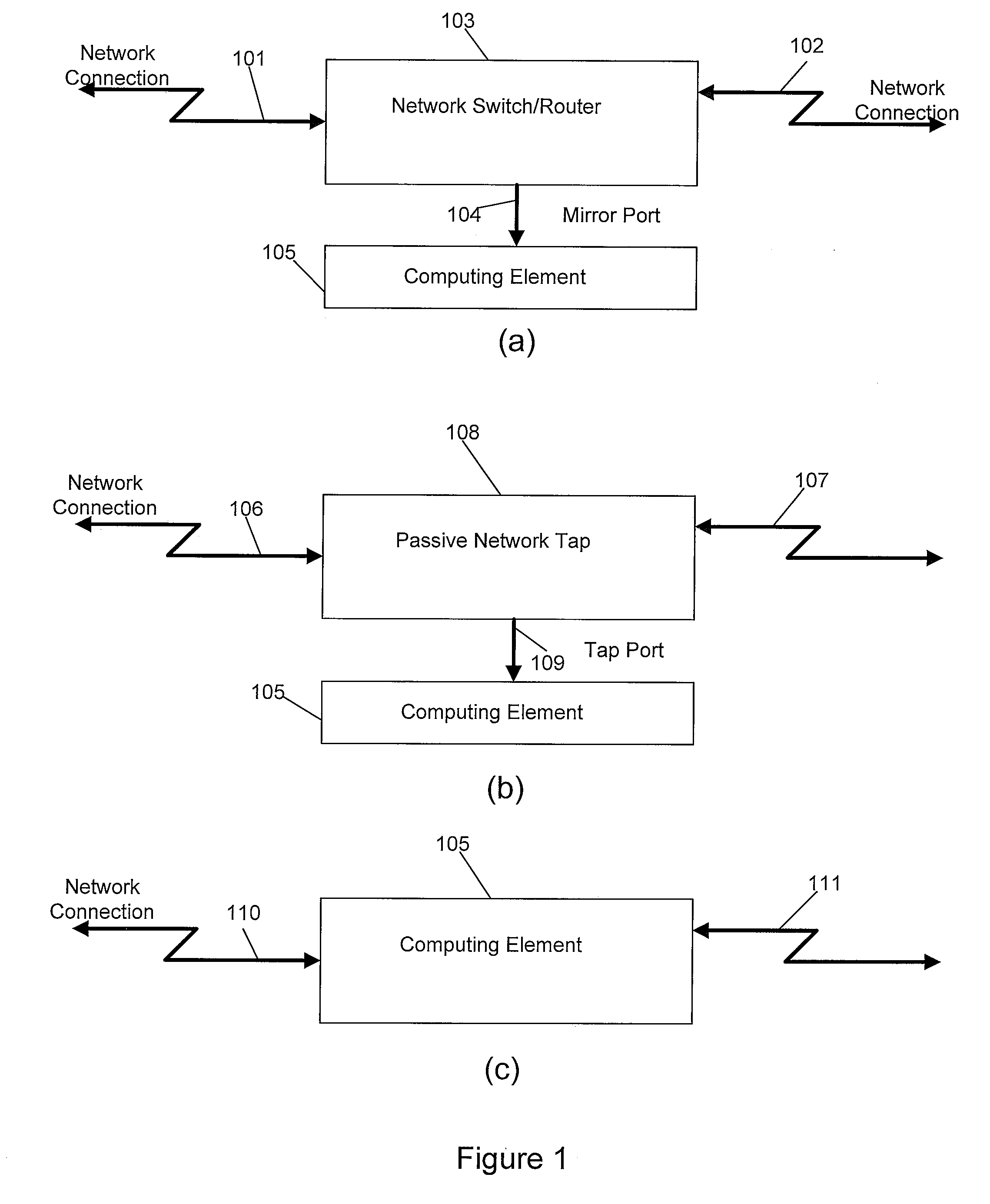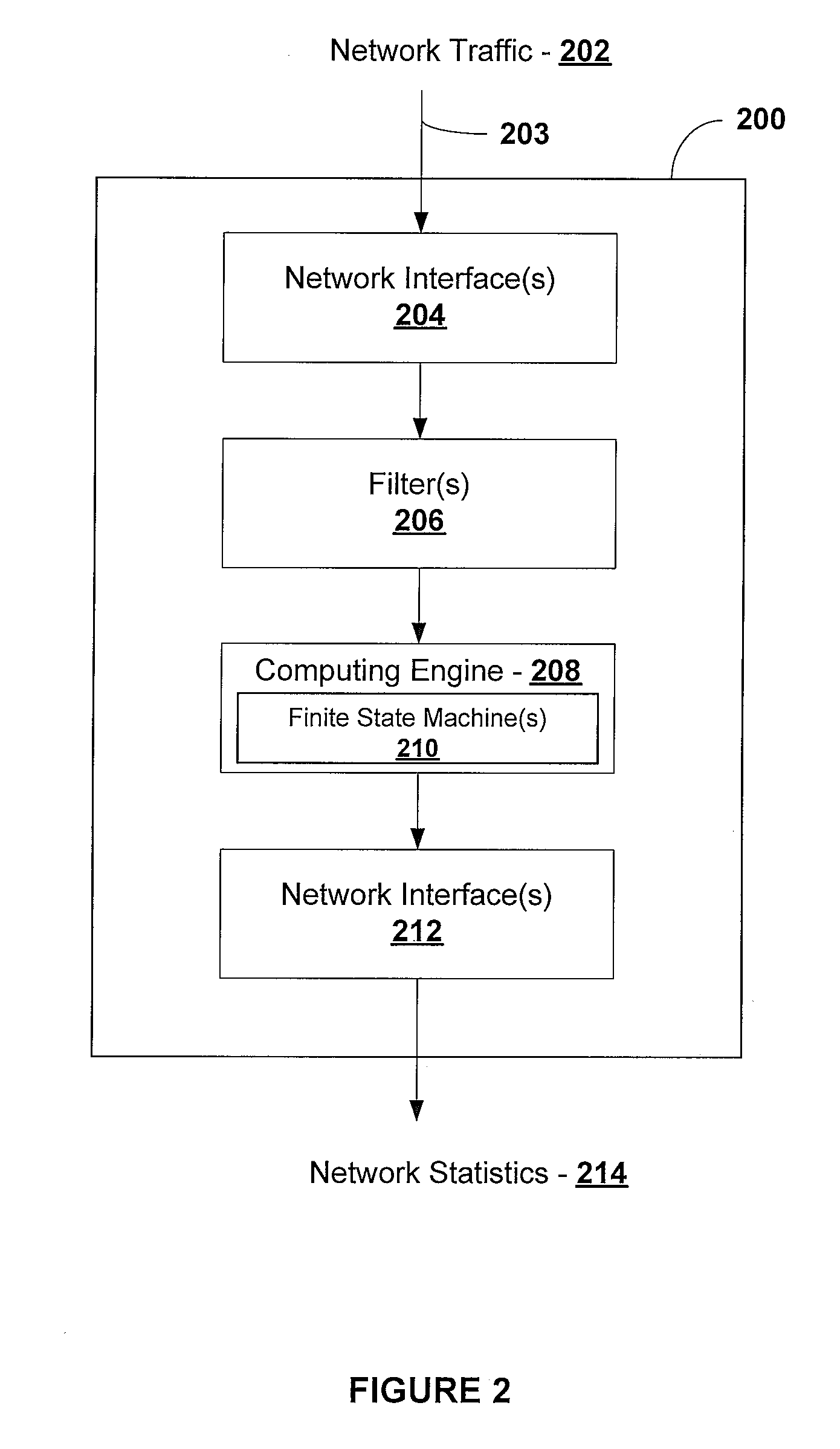System and Method for Analyzing the Performance of Multiple Transportation Streams of Streaming Media in Packet-Based Networks
a technology of packet-based networks and streaming media, applied in the field of streaming, can solve the problems of inability to easily indicate monitoring network behavior, lack of real-time indication of network faults, and difficulty in recovering data in the presence of packet loss
- Summary
- Abstract
- Description
- Claims
- Application Information
AI Technical Summary
Benefits of technology
Problems solved by technology
Method used
Image
Examples
Embodiment Construction
[0024] While this invention is illustrated and described in a preferred embodiment, the invention may be produced in many different configurations. There is depicted in the drawings, and will herein be described in detail, a preferred embodiment of the invention, with the understanding that the present disclosure is to be considered as an exemplification of the principles of the invention and the associated functional specifications for its construction and is not intended to limit the invention to the embodiment illustrated. Those skilled in the art will envision many other possible variations within the scope of the present invention.
[0025] Many streaming media systems, such as VoD, broadcast television control centers, or satellite-based video distribution operations utilize packetized data networks for their low-cost and omnipresence in modern data systems. The present invention monitors these existing network conduits by sampling the data contained therein with minimal alterat...
PUM
 Login to View More
Login to View More Abstract
Description
Claims
Application Information
 Login to View More
Login to View More - R&D
- Intellectual Property
- Life Sciences
- Materials
- Tech Scout
- Unparalleled Data Quality
- Higher Quality Content
- 60% Fewer Hallucinations
Browse by: Latest US Patents, China's latest patents, Technical Efficacy Thesaurus, Application Domain, Technology Topic, Popular Technical Reports.
© 2025 PatSnap. All rights reserved.Legal|Privacy policy|Modern Slavery Act Transparency Statement|Sitemap|About US| Contact US: help@patsnap.com



